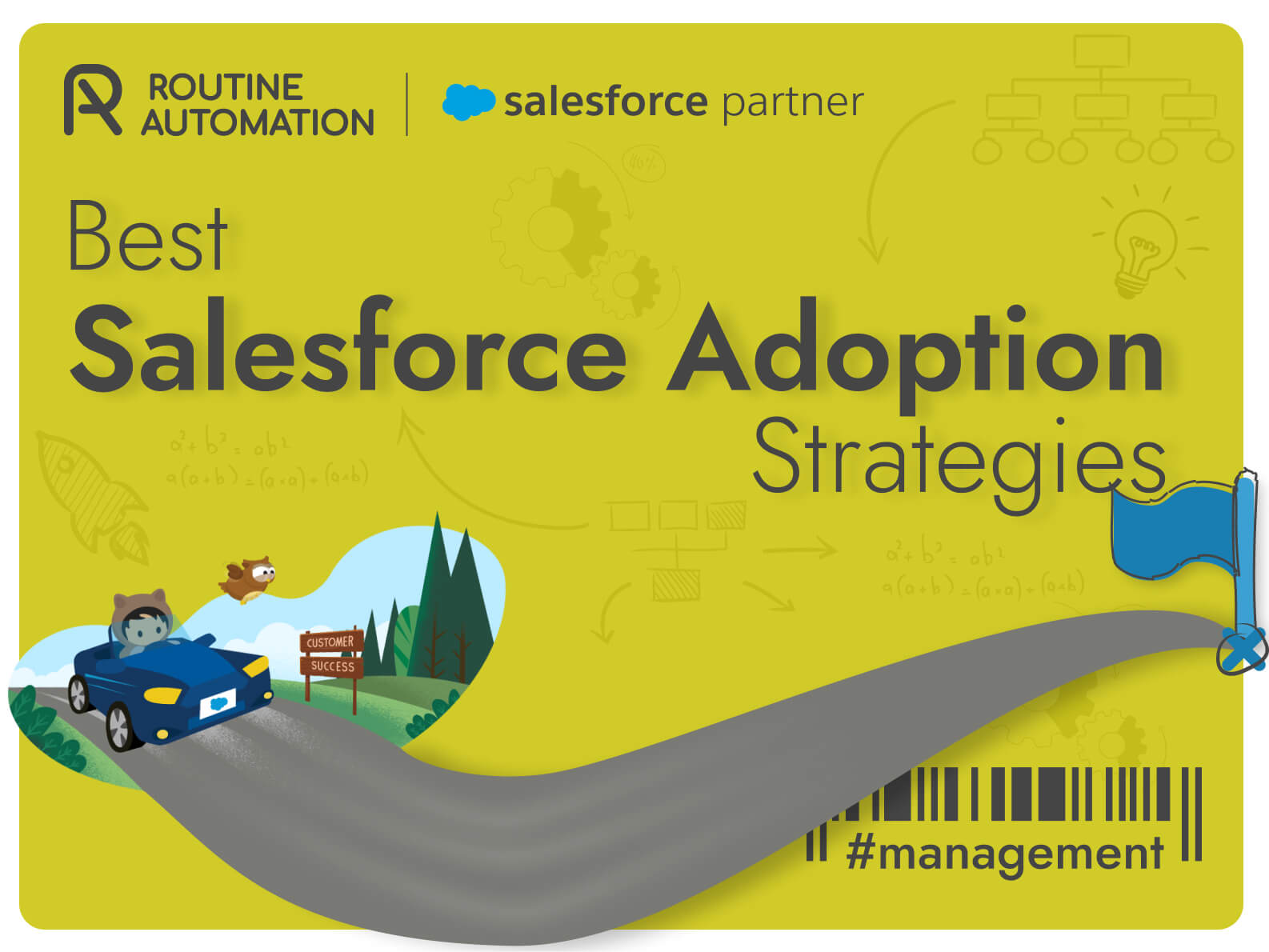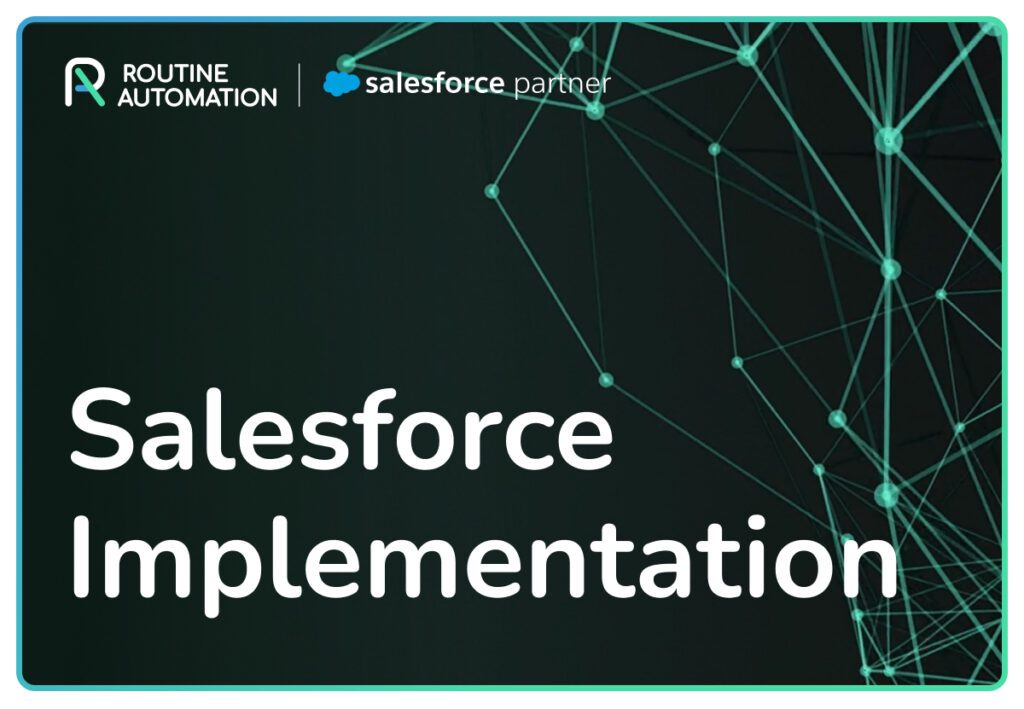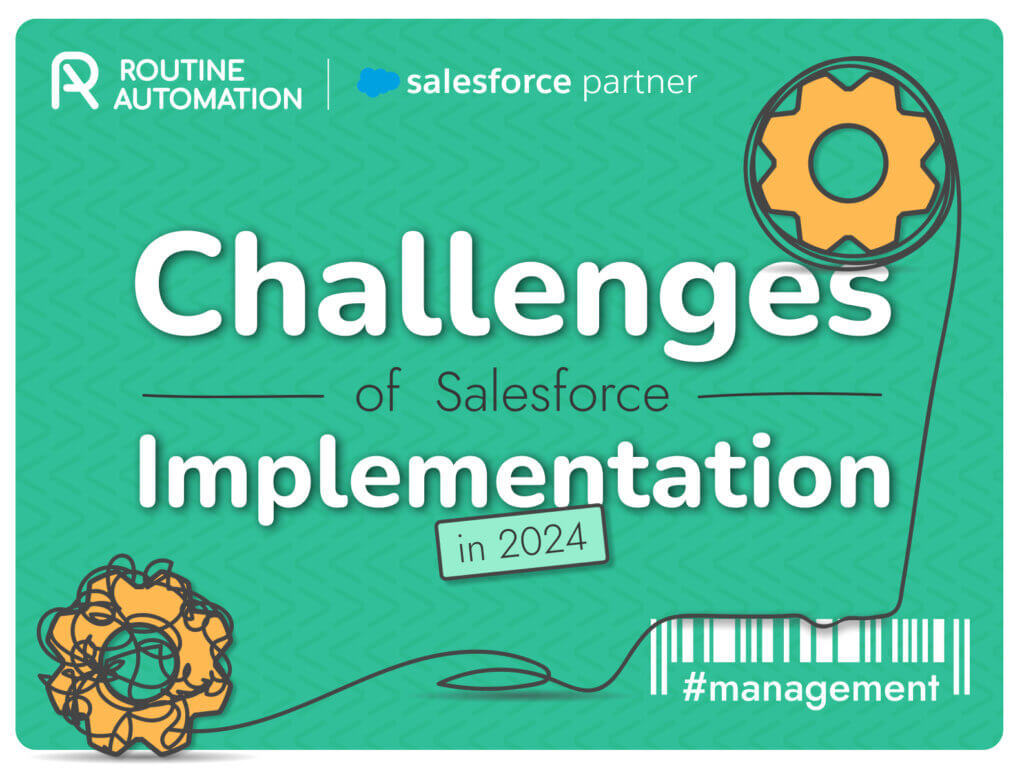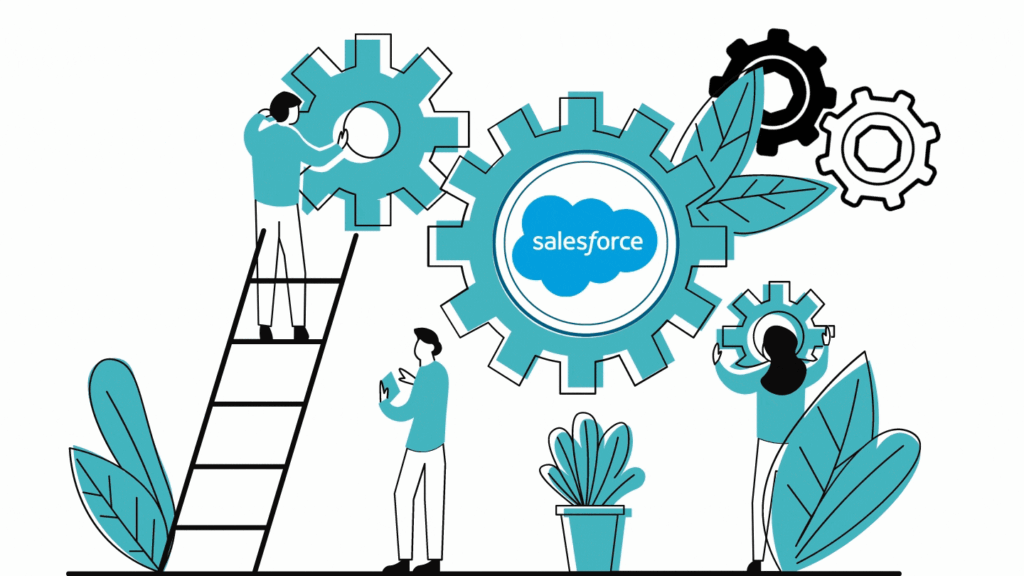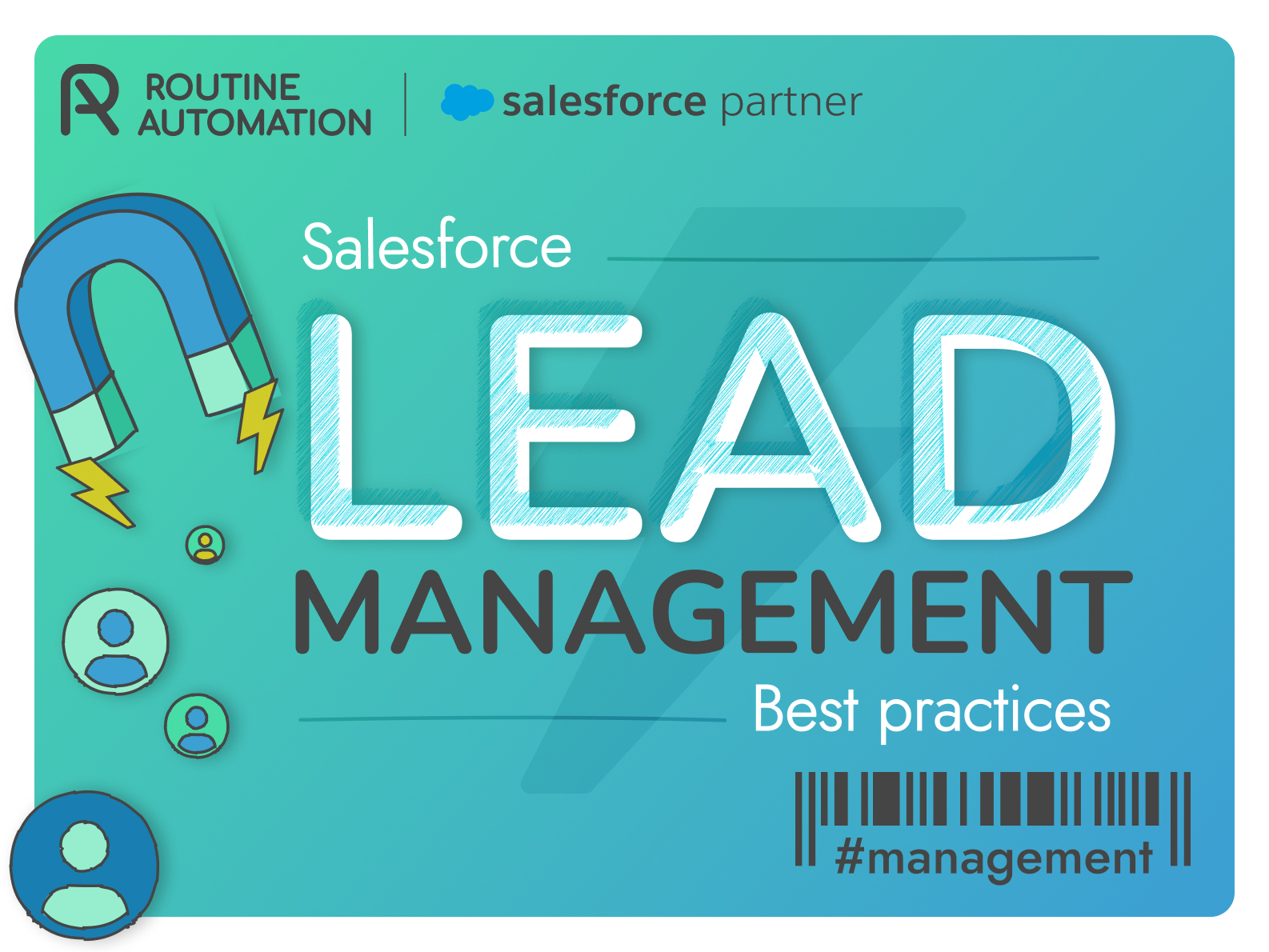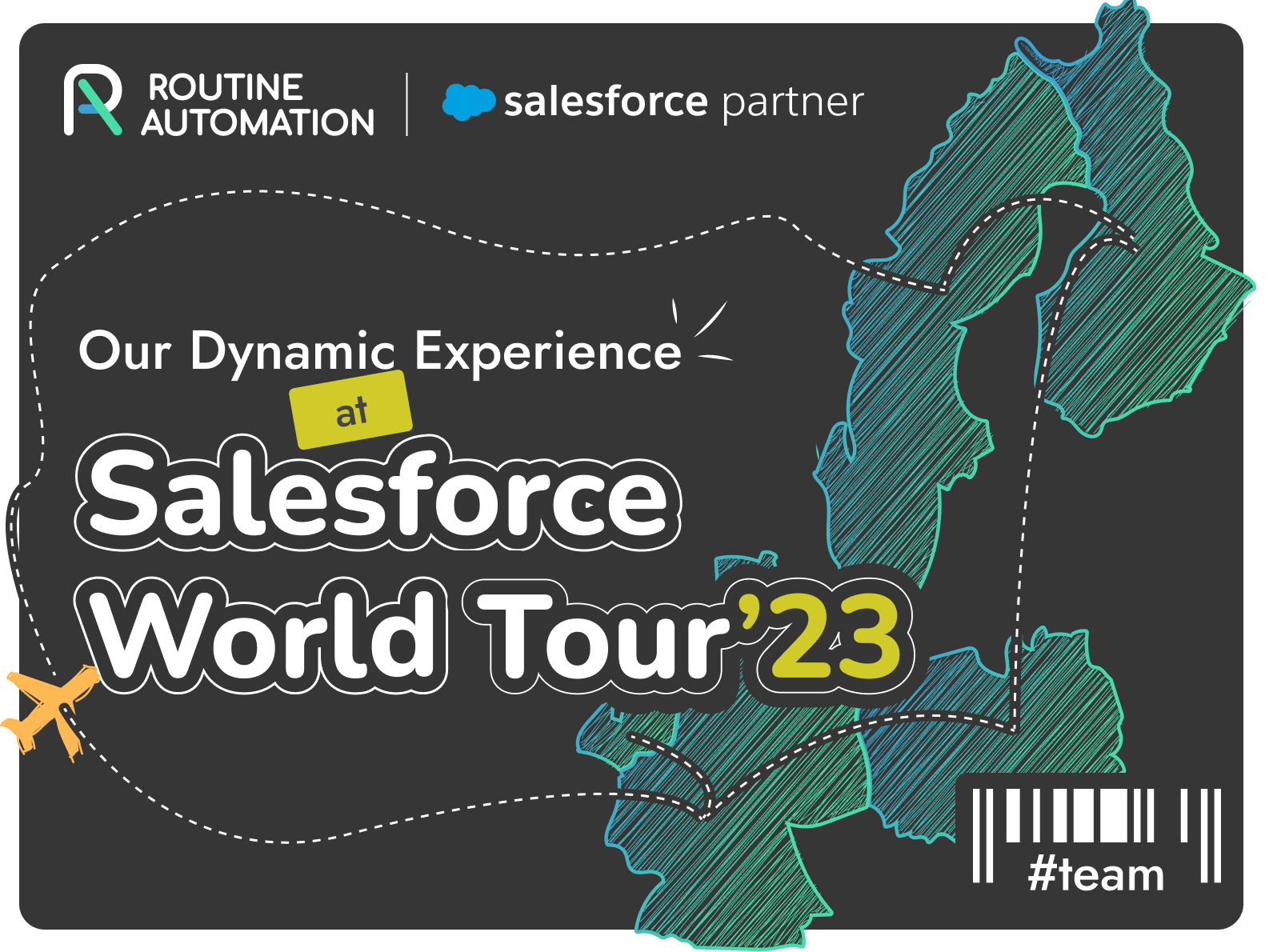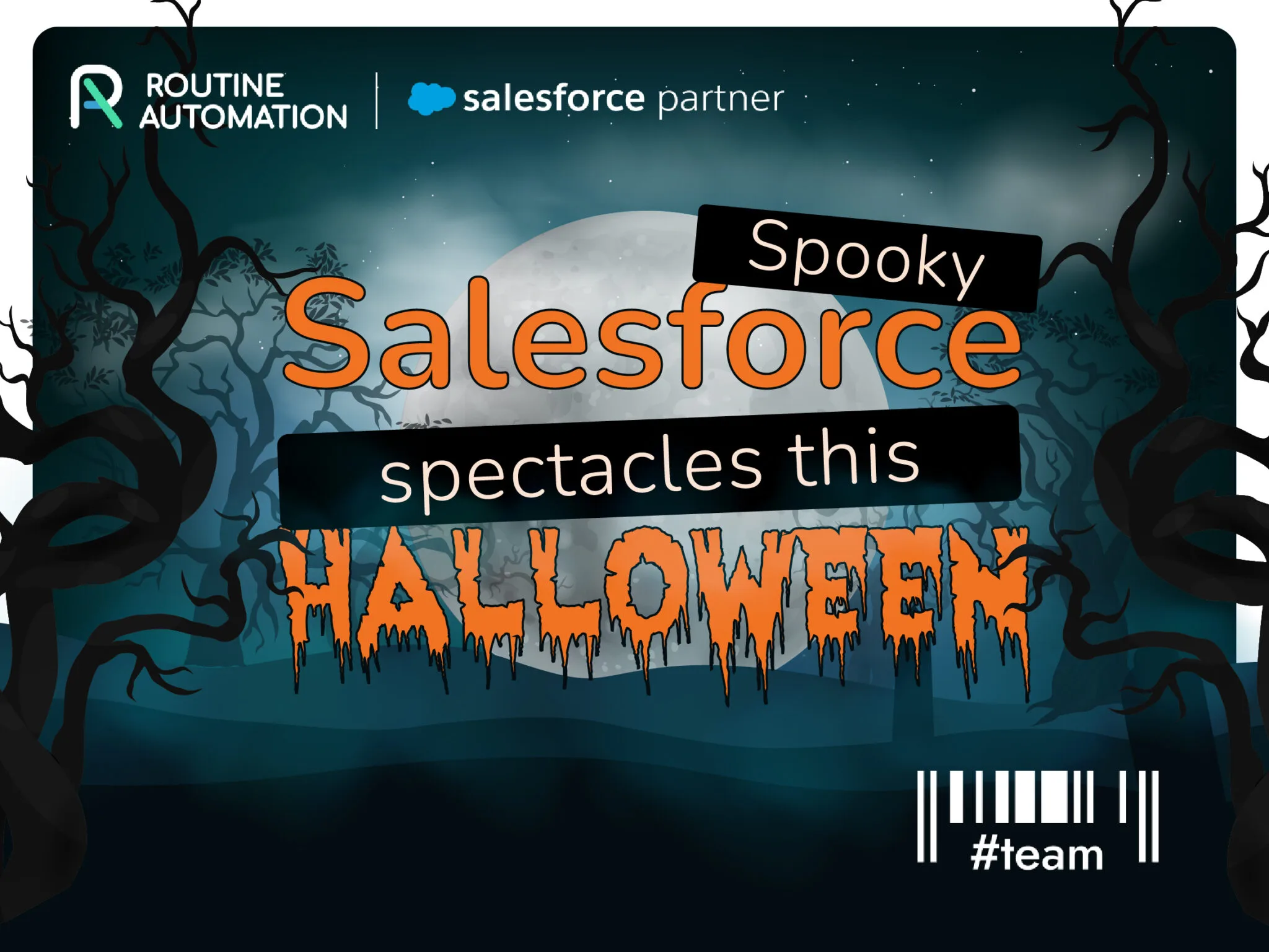Implementing a customer relationship management (CRM) system like Salesforce is a major investment for any business. However, simply purchasing the software is not enough to guarantee a return. The key is driving user adoption across your organization. This article outlines key strategies managers can employ to increase Salesforce adoption.
What is Salesforce Adoption?
Salesforce adoption refers to employees actively using the platform as part of daily workflows. High adoption means users consistently log in, leverage key features, enter accurate data, and follow standardized processes within Salesforce.
Essentially, adoption measures how well Salesforce has been customized to fit your organization’s unique business needs.
While the UX (user experience) and UI (user interface) are foundational, Salesforce user adoption is intricately linked to these primary aspects:
Onboarding: This pertains to how new users seamlessly acclimate to Salesforce, likened to how certain entities adapt effortlessly to their surroundings.
Tracking: This involves collecting both quantitative and qualitative metrics that illustrate how users engage with Salesforce.
Optimization: This refers to adjusting the interface or automating processes to enhance user productivity, ensuring continuous improvements in the Salesforce experience.
Our team specializes in guiding organizations through the intricacies of Salesforce adoption, ensuring a seamless and effective transition.
Tired of the Salesforce Implementation company search? Let our experts make your Salesforce journey a breeze. Say goodbye to the hassle and hello to success!
Salesforce Implementation
Why Salesforce Adoption is Critical
Driving widespread Salesforce adoption across your organization is essential to justify the significant investment and realize the transformational potential of the platform.
Industry research shows most companies struggle to achieve strong adoption:
A 2022 study found only 45% of firms maintain over 90% adoption. It also revealed that 75%+ adoption was required to notably increase sales team productivity.
Three-quarters of companies admitted low Salesforce adoption was a key reason for missing sales quotas. Over 80% said poor training led to confusion in selecting tools.
Driving adoption through continual optimization and employee enablement must remain a management priority to realize the full business potential of Salesforce.
When properly adapted, Salesforce delivers significant business value across four key areas:
Employee productivity
Salesforce automates time-consuming manual processes to boost productivity. For example, workflow automation, drag-and-drop workflow builders, and AI-driven lead scoring allow employees to accomplish more high-value work faster.
Revenue growth
Streamlined lead-to-cash processes facilitated by Salesforce shorten sales cycles leading to faster deal closure and ultimately revenue growth. Smooth information flows and collaboration also enhance customer experience driving additional business.
Visibility into operations
With data consolidated in a single source of truth instead of siloed across legacy systems, Salesforce reporting provides unprecedented visibility into the current state of business operations as well as predictive analytics to guide future strategy.
Cross-departmental collaboration
A shared Salesforce database connects sales, marketing, service, and other departments to work in unison towards unified goals, resolve issues more rapidly, and deliver superior customer experiences.
Need assistance in optimizing Salesforce for your unique business needs?
Our experts are here to consult and tailor solutions to enhance the user experience.
The Challenges of Salesforce Adoption
While Salesforce is incredibly powerful, driving widespread adoption across an organization presents several common challenges:
Complicated user interface
The vast array of features and configuration options can overwhelm users. Without an intuitive, streamlined interface tailored to each employee’s role, users revert to old ways of working rather than investing time learning the platform.
Resistance to change
Long-tenured employees often initially reject new systems that disrupt existing processes and workflows. Careful change management is required to convince Salesforce skeptics.
Lack of relevant training
Even motivated employees struggle to leverage Salesforce properly without ongoing training tailored to their specific responsibilities and questions. Too often, training is limited to initial generic onboarding.
Poor data quality
Inaccurate or outdated CRM data undermines reporting and analytics capabilities leading employees to lose faith in the system. Without dependable data, Salesforce fails to support day-to-day productivity.
These challenges lead directly to:
❌ Lost productivity from manual processes and toggling between multiple systems rather than the adoption of automated Salesforce workflows.
❌ Missed revenue targets from lack of visibility into the pipeline and inefficiencies across lead-to-cash processes.
❌ Wasted spending on unused Salesforce licenses and redundant third-party tools.
Various studies indicate over 30% of CRM implementations fail to drive adoption and ROI due to these pitfalls.
However, the following strategies can help your business overcome barriers to Salesforce adoption across teams.
Key Salesforce Adoption Strategies
Salesforce’s customer data, activity tracking, and reporting features are pivotal for enhancing sales efficiency, training, and optimization. While these tools empower reps to manage time effectively, pursue leads, and foster client relationships, inspiring comprehensive adoption demands strategic planning.
Explore fundamental Salesforce adoption strategies categorized into three phases: before implementation, during implementation, and ongoing strategy. For those who’ve implemented Salesforce, the ongoing strategy section offers key insights. Embracing the process in phases significantly eases the potentially daunting journey.
Before Implementation
Introducing Salesforce involves understanding diverse user perspectives, and bridging gaps between change enthusiasts and skeptics. This phase is crucial in setting the foundation for successful adoption.
🧩 Audit User Needs:
Create a working group and conduct surveys to understand user concerns.
Collaborate with key users to comprehend workflow impacts.
🧩 Create a 6-Month Strategy:
Develop a rollout plan, including training, feedback, and optimization.
Share the plan with end users to set expectations and gain their input.
🧩 Lead by Example:
Model impactful Salesforce usage to emphasize its benefits.
Gain buy-in from leadership to reinforce commitment to Salesforce.
Want to prepare for Salesforce implementation?
Challenges of Salesforce Implementation in 2024
During Implementation
Crafting a positive first impression is paramount during implementation. Emphasizing four key strategies ensures a smooth transition, setting the stage for subsequent adoption success.
⚙️ Kick off with a pilot program:
Divide the implementation into stages, starting with a pilot program.
Include vocal resistors in the pilot group to potentially convert them into advocates.
⚙️ Leverage Salesforce Trailblazer community:
Encourage end users to utilize the Trailblazer community for guidance.
Access Salesforce knowledge, ask questions, and share insights.
⚙️ Bring Salesforce into sellers’ workflows:
Implement Salesforce alongside a sales engagement platform.
Streamline CRM data updates within users’ existing workflows.
⚙️ Eliminate or consolidate legacy solutions:
Phase out redundant tools as users adopt Salesforce features.
Simplify the workspace by removing unnecessary legacy solutions.
Ongoing Strategy
Salesforce adoption is an evolving process, divided into three categories. For leaders and admins alike, the emphasis should be on dynamic, informed strategies to underscore the continuous benefits users derive from embracing new technologies.
🧩 Continue upskilling:
Provide ongoing training through platforms like Salesforce Trailhead Playground Starter.
Enable users to stay updated on new Salesforce features.
🧩 Audit automation opportunities:
Leverage Salesforce capabilities for workflow enhancements.
🧩 Track usage and adoption rates:
Utilize Salesforce tools to measure user adoption.
Survey users to address low adoption and understand challenges.
🧩 Regularly audit Salesforce data for quality:
Use tools like Data Quality Analysis Dashboards to assess data quality.
Ensure sales reps receive accurate feedback for effective strategies.
Maximizing Salesforce adoption is an ongoing effort. Employing these strategic steps before, during, and after implementation ensures a user-centric approach and continuous optimization of Salesforce’s potential.
Conclusion
Strong Salesforce adoption delivers game-changing value but requires concerted effort. Managers play a pivotal role in demonstrating commitment, incenting usage, streamlining complexity, enabling users, and continuously optimizing the system. Companies like Routine Automation help further by integrating real-time guidance and automation directly within Salesforce to simplify user adoption.
